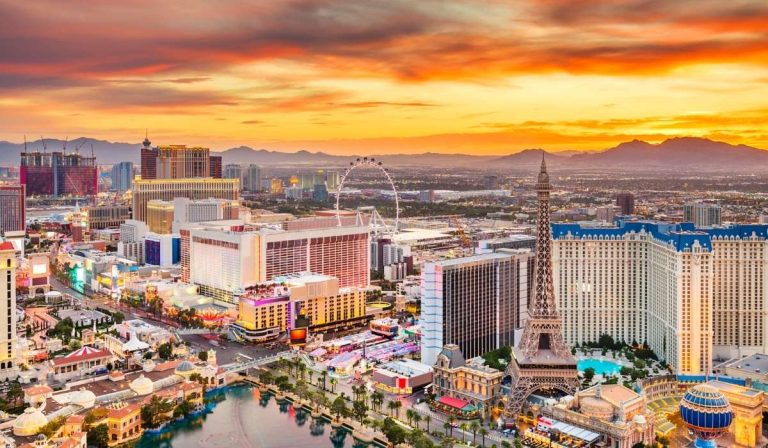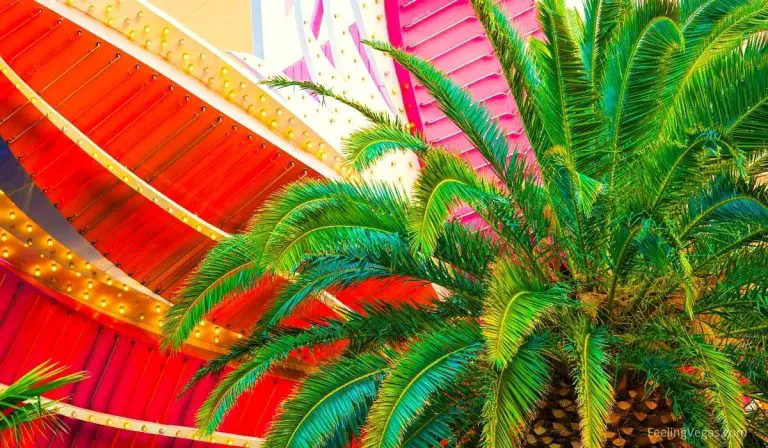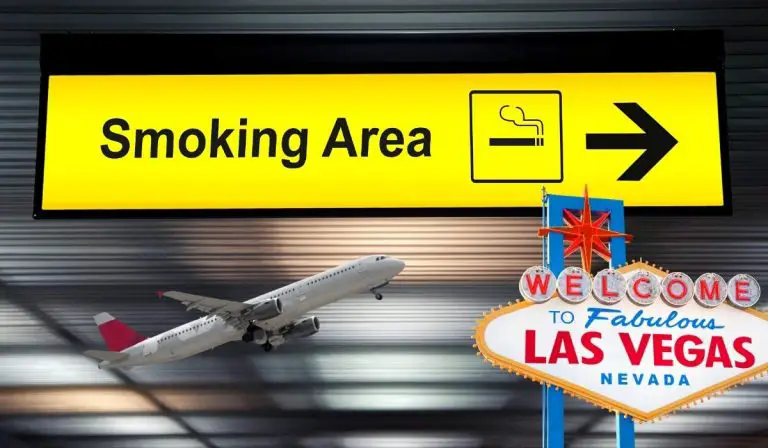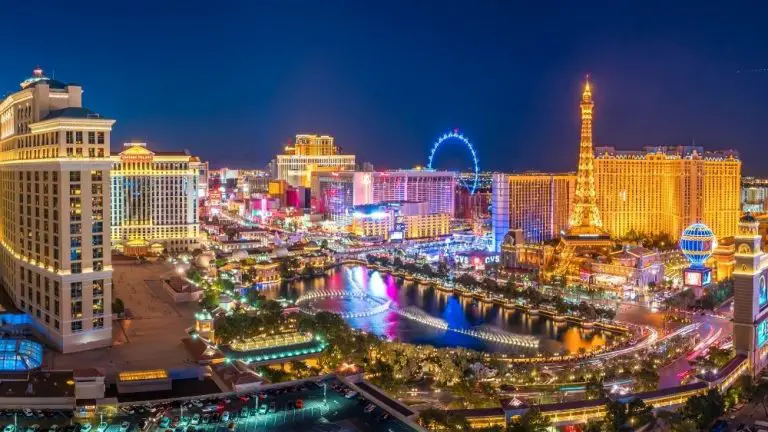What Does “Las Vegas” Mean? (Explained!)
Las Vegas is a name that inspires a lot of mental imagery. Thanks to Hollywood, a number of bestselling books, and wild accounts from our close friends, Vegas has garnered a well-known reputation as a place where you can go to really get wild and have the time of your life!
That said, what does Las Vegas mean?
Las Vegas is a Spanish word that simply means ‘The Meadows’. It was given this name by a Spanish trader in the early 1800’s who encountered an area of natural artesian springs surrounded by a lush meadow of wild desert grasses. These meadows were the birthplace of the City of Las Vegas.
The meaning of Las Vegas may sound strange as the city is located smack dab in the middle of the Mojave Desert, one of the driest and most arid deserts on the planet. But as with everything there is a story if you know just where to look.
To tell you how Las Vegas, Nevada got such a lovely name, we’ll have to take you back to the early 18th century.
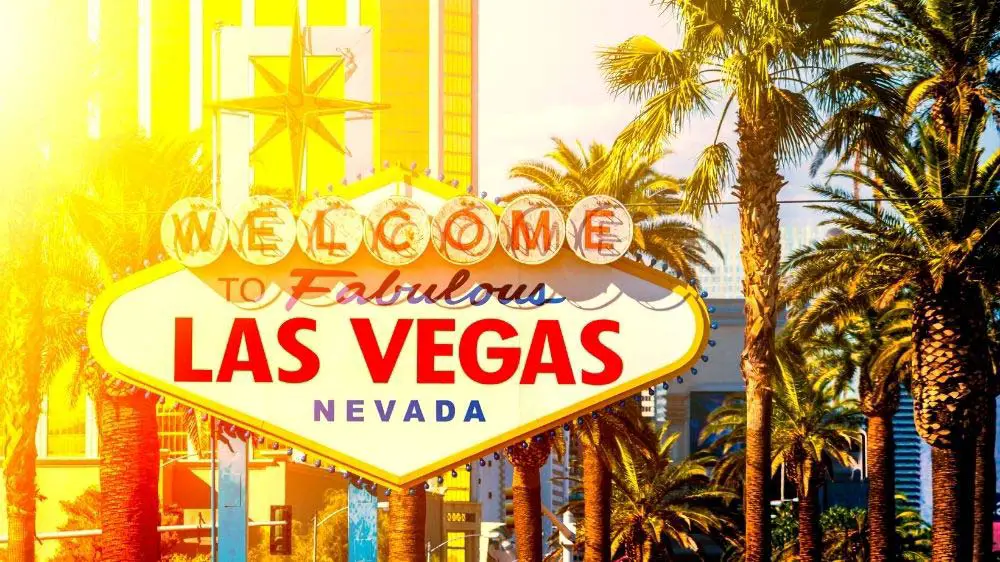
The Old Spanish Trail Through Las Vegas
The Viejo Sendero Español or ‘Old Spanish Trail’ was a network of paths utilized by the Spanish as early as the 16th century. It was established and used by Native Americans and utilized frequently by Spanish traders when they learned of its existence.
The trails compose about 700 miles of paths that lead through canyons, deserts, and high mountain territories between New Mexico and California.
In 1829, one Spanish trader by the name of Rafael Rivera discovered an oasis in a valley surrounded by mountains when he was on his way to trade in Los Angeles. When he saw the lush grasses that grew there from an abundance of spring waters, he decided to name this place ‘the meadows’, which, in Spanish, is ‘Las Vegas’.
It was a fitting name for an area whose springs had provided precious, life-giving water to tribes like the Paiute and the Mojave for more than 13,000 years, but the water from this oasis would not last forever.
Development Takes Its Toll on The Las Vegas Natural Springs
In 1907 the installation of the first groundwater well system was put into operation in the City of Las Vegas. Before this time, natural Aquifer seepage was providing about 7500 acre-feet of water per year, but by 1912 the wells had doubled this number.
By 1962, the oasis had pretty much run dry, but Las Vegas, Nevada itself is still around and now imports about 90% of its water from the Colorado River by way of Lake Mead.
Unfortunately, the damage to the Aquifer has had a wider impact and areas of sediment below the ground surface are developing faults and other instabilities. This was noticed early, however, and plans have been in motion since as early as 1988 in an effort to replenish and renew the aquifer which gave Las Vegas its name.
Will the springs be replenished one day to turn this gambling oasis back into a good semblance of the lush paradise of the early 18th century?
Only time will tell, but the City of Las Vegas is legendary enough that we have a feeling that things are only going to get better with time.
The weakened springs are still there, slowly recovering and getting stronger, and we have high hopes that our efforts to heal them will be successful, and we’ll get to keep them.
After all, what happens in Vegas, stays in Vegas!
More Las Vegas Questions and Answers
- Why is Las Vegas Called Sin City?
- The Meaning of Viva Las Vegas
- Which Las Vegas Hotel Has a Replica of The Statue of David? (Pictures)
References:
Wikipedia: Raphael Rivera
Nelson, Kelli; How did Las Vegas get it’s name?
Culture Trip: A Brief History of Nevada’s Indigenous Paiute Tribe

